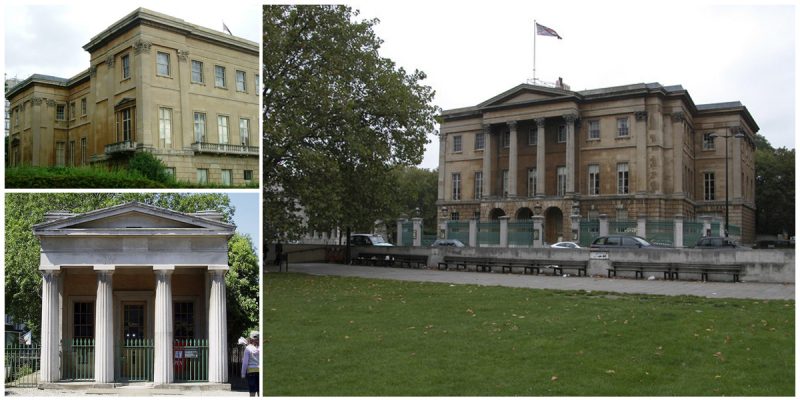Built by the architect Robert Adam, the Apsley House, also known as Number 1 London is the townhouse of the Dukes of Wellington.
It is considered to be the last example of an English aristocratic townhouse from the period when it was built. The house is situated at the Hyde Park Corner where it stands alone. Today, it is run by the English Heritage and is listed as a Grade I building. The house is open to the public and sometimes is called The Wellington Museum because of its art gallery, where 83 paintings are exhibited from the Spanish Royal Collection.
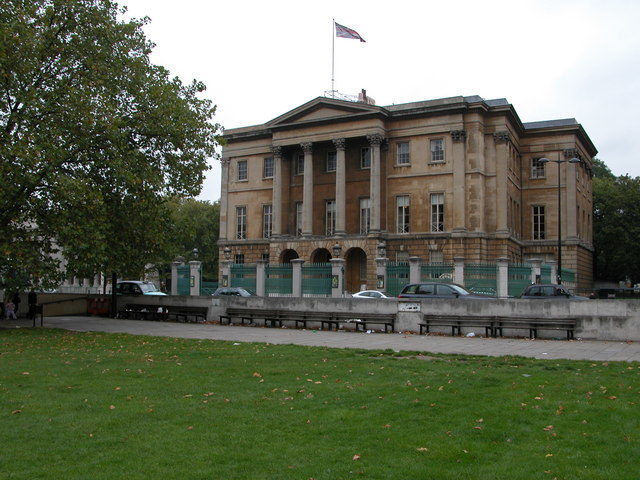
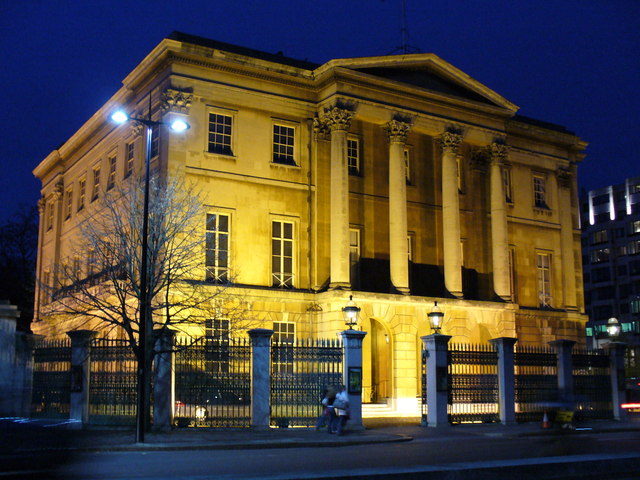
The site where the house stands is an old lodge that belonged to the crown. There was a tavern on the location where it was built, called The Hercules Pillars. Originally, the Apsley House was built from red brick for Lord Apsley, between 1771 and 1778. The design was made by the architect, Robert Adam and today, most of its hid, survived interiors are the Drawing Room, the Portico Room, the Staircase, and the Corinthian portico.
It got its name as Number I London because it was the first house which was seen by visitors who traveled from the countryside. Richard Wellesley, who was the 1st Marquess Wellesley and the elder brother of Sir Arthur Wellesley, purchased the house in 1807. Due to financial difficulties, Arthur had to sell the house to his brother, then the Duke of Wellington, because he needed a base in London when he started a career in politics.
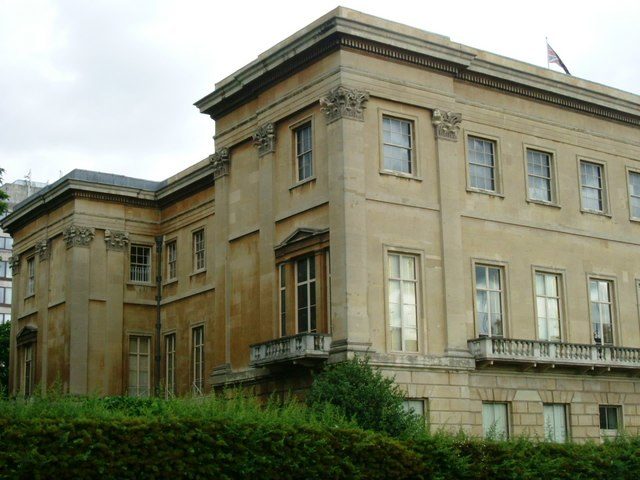
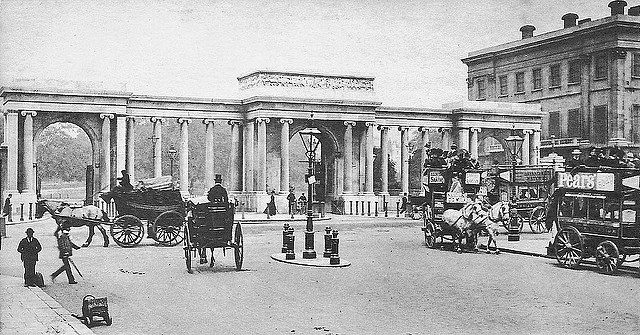
A few years later, the Duke hired the architect Benjamin Dean Wyatt to make renovations on the property. He began his work in 1819, and the first renovation was on the most north end where he added a three-storey extension with a Sate Dining Room, dressing rooms, and bedrooms. In 1828, the Waterloo Gallery was made, and a new staircase was added on the west side. The gallery was designed in a French style, and it was named after the famous victory of the Duke at the Battle of Waterloo.
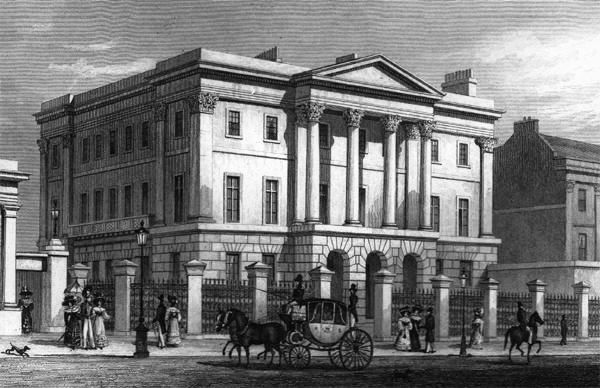
Across the road on the site, is the Duke’s equestrian statue which was cast from guns that were captured during the battle. In 1947, The 7th Duke of Wellington, Gerald Wellesley, gave the house to the nation but the family could still live inside. Today, their apartments are on the second floor on the north side of the house.
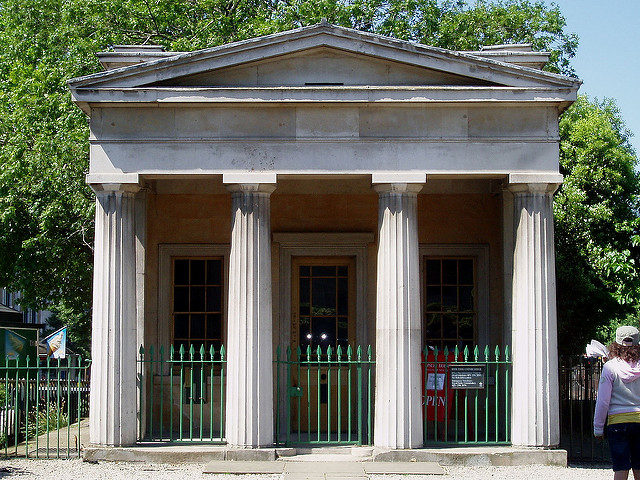
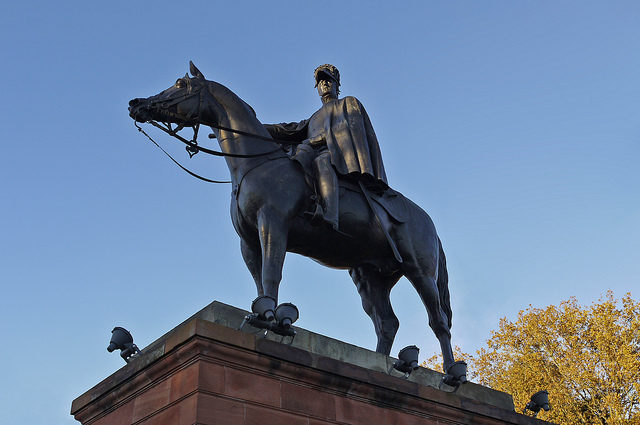
The 83 paintings in the museum are part of the collection of 200 paintings which were acquired after the Battle of Vitoria by the first Duke of Wellington. They were part of the biggest loot in history and were found in the baggage train of Joseph Bonaparte.
From 2017, 400-piece gilded porcelain dinner service is on display for visitors to see. They were commissioned by King Frederick William III of Prussia as a gift to the Duke of Wellington after the victory over Napoleon.
